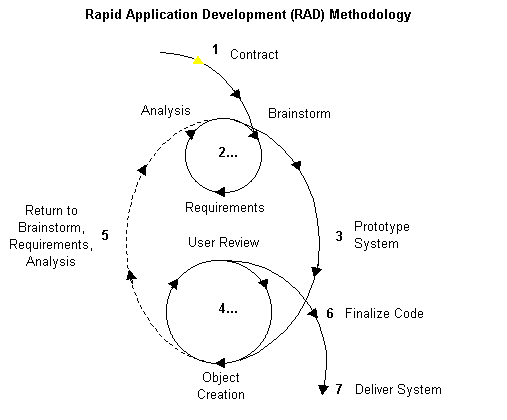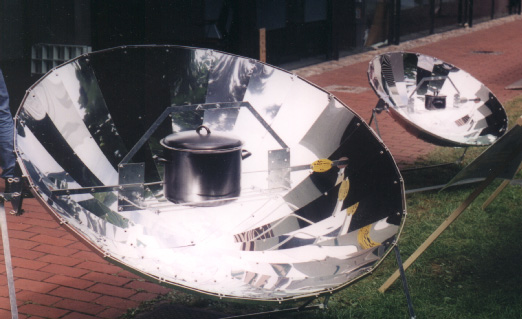14 Energy:
Are we Running Out?
Vocabulary
Laws of Thermodynamics vs. law of diminishing economic returns,
entropy, utility’s two meanings,
“Energy, the ability to effect change in our
physical world.” p.290

Outline
Overview – without energy we are lost because we have no
source
1.
The uses of energy { 292
2.
Efficiency as an energy source { 295
a.
Lovin’s soft energy path
b.
Holdren’s Optimistic Scenario
3.
Alternative energy sources – Renewables {
207
4.
Fossil Fuel Alternatives { 305
5.
Nuclear Power { 306
6.
Toward the Future { 308
“Some of the biggest downsides of developing a heavy dependence on
biomass fuels derived from major crops is
that they would be competing for the productive capacity of agricultural land
against food, a vital resource that is in short supply globally.”
“while much of the
land now being farmed is being degraded and thus is unlikely to sustain
production.”
302
“Only a myopic society would, in essence, grind up its
most irreplaceable resource [food] and feed it to Hummers.”
303
“To move toward an effective solution to energy
supply and related environmental problems, what seems needed is prompt action
on efficiency, combined with careful planning, research and rapid
implementation of an array of supply technologies that minimize adverse
environmental impacts.”
“It should be remembered that abundant energy
is no panacea for the world’s ills.”
308
“The slowness of change in the social arena of culture has retarded recognition of this circumstance and its consequences [the human predicament].
308-309
Summary
“the energy problem brings together many crucial issues in the human predicament. The great speed of evolution in the technological dimension of our culture has led to the deployment of a dangerous and unsustainable global energy infrastructure.”
P.
308
Overview – without energy we are lost because we have no
source of water to grow food and no energy to plant, harvest, refrigerate, and distribute food.
“It has made us the dominant animal on earth.”
290
The US energy consumption profile: World
profile:
Petroleum 40
percent 34
percent
Coal 23 25
Natural gas 25 21
Fission –nuclear power 08 06.5
Hydro electrical (dams) 06 02.2
Biomass 11.
Solar,
geo, & wind 00.4
291
“about 2 billion
people , mostly in developing countries–on the burning of wood, crop
residues, or dung to heat their huts, boil their water, and cook their food.

Solar cookers could replace wood, kerosene and charcoal fuels.
“Altogether
the world’s people now use energy at the rate of about 16 terawatts.
. . .the equivalent of 17 billion tons of coal.
291
“That
means the average person among the richest 800 million accounted for a
commercial energy flow of about 8 kilowatts while an average poor person
enjoyed the use of only about 0.7 kilowatts of commercial energy and roughly
half that much from biomass. (wood-fodder-dung)
291-92
“That misdistribution (of access to energy) is
a fundamental cause, (and consequence) of economic inequality.”
Europeans monetarily subsidize their cows
(beef, cheese, & milk production) at a per capita rate greater than the
amount of money that half of humanity earns every day ($2.50 versus $2.00 /
diem)
p. 292
• The uses of energy { 292
“What society is in danger of running out of
relative to energy is is environment–especially
the ‘away’ in which to throw things (as in the expression ‘throw away’).”
Air –“is a classic open access
resource–one nobody owns, and thus one open to overexploitation.
293
“A fundamental fact about the human energy
situation is that energy use and its hidden costs have increased globally roughly
fivefold since 1950.”
294
“fossil-fuel based
energy systems which now provide
some 80 percent of the energy used globally.”
294
• Efficiency as an energy source { 295
“The
quickest, cheapest, and safest new ‘source’ of energy is efficiency.”
295
Public
authorities have failed to design cities and suburbs so that people can easily
walk or bike to work, and they have failed for two decades to insist on
improved fuel efficiency in automobiles and trucks for wich
the technology already existed.”
295
“the United States
could potentially reduce its energy use to about a quarter of what I is now, while increasing the quality of life.”
295
Lovin’s soft energy path (296)
Holdren’s Optimistic Scenario or “best plausible scenario” (296)
• Alternative energy sources – Renewables {
297
“Without the use of alternative energy sources
efficiency alone cannot solve the dilemma.”
297
“mostly versions of
solar energy, sometimes in the guise of wind, water, and biomass fuels.”
298
“Solar energy can be used more directly for
space heating and cooling by situating and designing buildings so they can best
absorb and hold heat in the winter while reflecting sunlight in the summer.”
299
“research has steadily
increased the efficiency of these solar photovoltaic (PV) systems in converting solar radiation into
electricity, and they can perform even under somewhat cloudy conditions.”
299
“like solar systems,
wind installations offer a flexibility that is lackingin
industrial style power grids”
301
“Biomass fuels could, in some circumstances,
help to stretch supplies of fossil fuels.”
301
“However the quantity of ethanol (alcohol fuel)
that would be needed to replaceall the gasoline consumed today in the US transportation
system would exceed the nation’s corn harvest, which under the best estimate
could be convereted into enough biofuel to meet only
12 percent of the demand for gasoline.”
p. 302.
• Fossil Fuel Alternatives { 305
Integrated gasification closed cycle
–IGCC—coal and carbon sequestration
techniques
“more expensive to
build than conventional coal burners”
150 conventional coal plants proposed for the US (due to cost-constraint)
305.
306.
